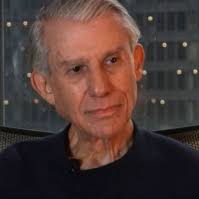This piece was reprinted by OpEd News with permission or license. It may not be reproduced in any form without permission or license from the source.
He connected with Anonymous. He called it a movement he'd been waiting for his entire life. It gave him a mission. He began working through Internet relay chats (IRCs) in Anonops (its network).
Hammond is radical and revolutionary. Sabu's main goal is career advancement. He hoped working with the government would help. At the same time, he shared Hammond's loathing for police.
He had his own criminal past. He'd been in jail. He'd "been in the game for over a decade," he said.
Hammond trusted him. It wasn't clear why. Most hackers work sub rosa. It's safer that way. Sabu was more open. He bragged about his skills. He used them deceitfully.
In June 2011, he launched AntiSec. He called it "the biggest, unified operation among hackers in history." Hammond took note. He was intrigued with its targets. They included "banks and other high-ranking establishments."
In late spring 2011, rumors suggested FBI agents infiltrated Anonymous chat rooms. Sabu declared AntiSec a revolutionary movement. He urged thousands of Twitter followers to join the cause.
"Rise Up. Resist," he posted. No one doubted his sincerity. He began working with a behind-the-scenes operator called "anarchaos." He wasn't as skilled as he claimed.
Persistent rumors suggested he was compromised. He became increasingly unreliable. He rarely got directly involved in hacks. Hammond grew suspicious.
Next Page 1 | 2 | 3 | 4 | 5 | 6 | 7 | 8 | 9 | 10 | 11 | 12 | 13
(Note: You can view every article as one long page if you sign up as an Advocate Member, or higher).





